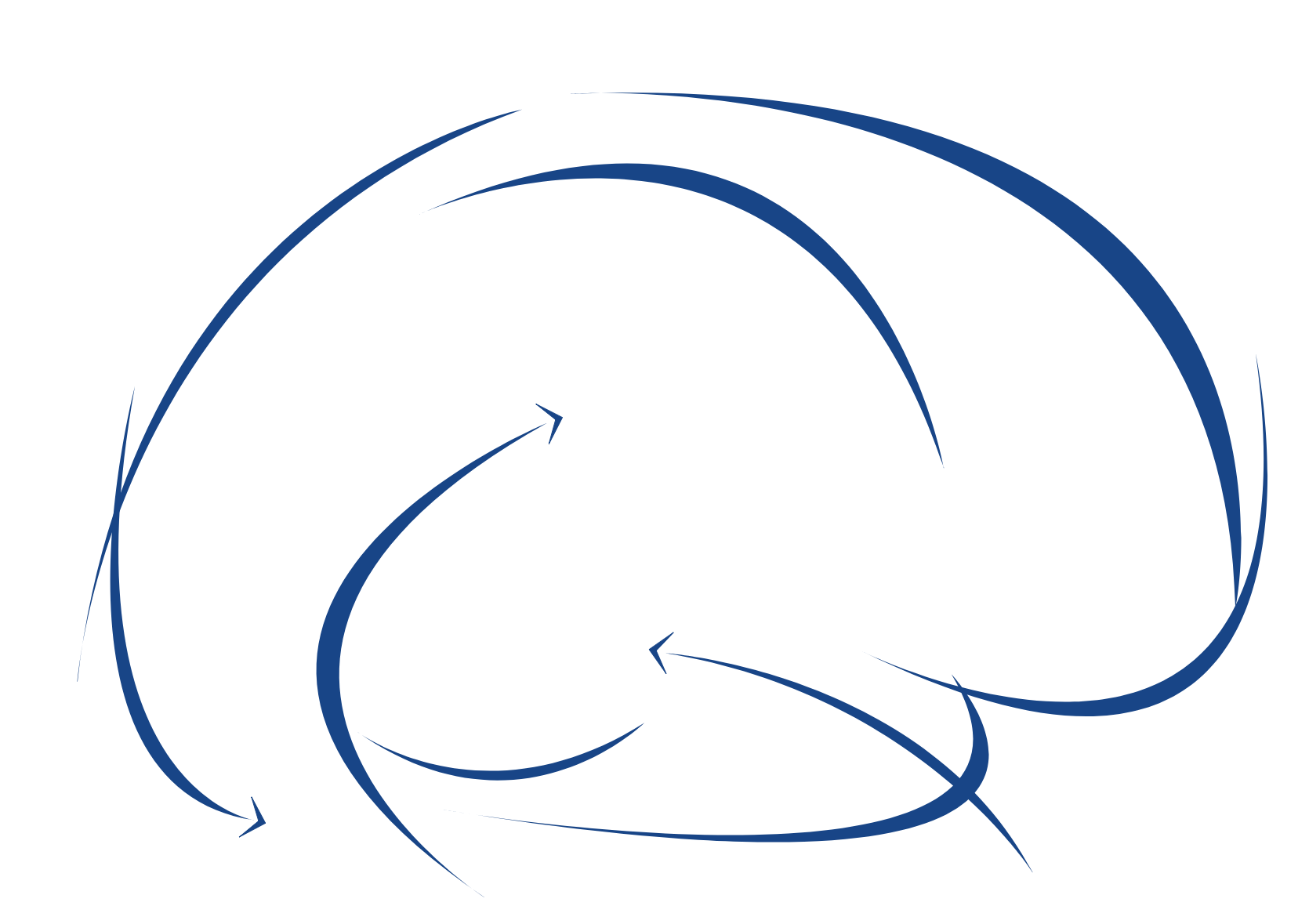Piotr BREGESTOVSKI | Genetic Epilepsy and Dravet Syndrome
Piotr BREGESTOVSKI, DR INSERM,
Team Physionet, INS Laboratory,
Campus Timone, Marseille.
Abstract:
It is well documented that mutations in voltage-gated Na+ channels, particularly subtype NaV1.1 encoded by the gene SCN1A, results in development of genetic epilepsy. Hundreds of mutations in the SCN1A gene have been found to cause Generalized Epilepsy with Febrile Seizures plus (GEFS+), which is a spectrum of seizure disorders of varying severity.
The GEFS+ spectrum includes Severe Myoclonic Epilepsy in infancy (SMEI) or Dravet syndrome, which is much more complicated than just epilepsy. This disease is accompanied by (i) decreased brain function; (ii) difficulty coordinating movements (ataxia); (iii) speech impairment; (iv) mental retardation. Developmental regression is also common in Dravet syndrome. Affected individuals usually develop normally in the first year of life, but then development slows down and some children lose the skills already acquired. Dravet syndrome is pharmaco-resistant. Although treatments with current anti-epileptic drugs (AEDs) can reduce the frequency and duration of seizures, they do not completely eliminate them. Most often several drugs are combined to fight against seizures. While the main goal of treatment is to reduce the number and length of seizures, using of AEDs could cause retardation in development of children.
We have several examples of children with known SCN1A mutations and history of Dravet syndrome development for some of them is also known. It would be important to discuss the possibilities of modelling some features of this disorder.
It would be also important to discuss:
· Whether AEDs modify development?
· Are myoclonic seizures less destructive for development than statuses?
· Whether mutations in different parts of SCN1A exhibit varying severity?
· How to stimulate expression of "healthy" Na channels?
· How could EEG data help in clarifying the focuses of epileptic events?
· Would it be perspective to use EEG information and behaviour records of children for modelling of these seizures?
· What strategy has to be in priority: search for new AEDs, analysis of Na channels dysfunction, search for more efficient ways of intellectual and physical development or orientation on gene therapies?
